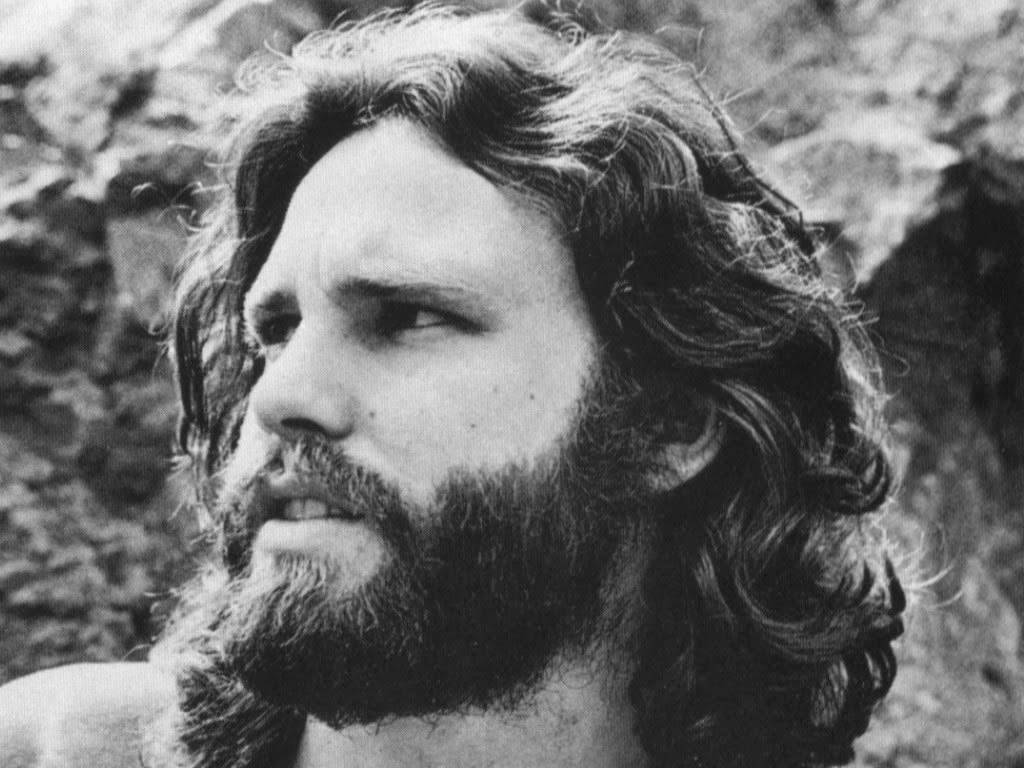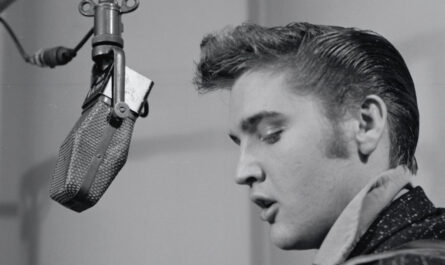JIM MORRISON: December 8, 1943 – July 3, 1971
I recently started writing again as a method of reminding myself that I actually have thoughts. And beliefs. Somewhere in my adult life, the thinking that would normally help me define myself began to feel less and less important. It was just easier to assume roles that could be broadly defined by society – husband, father, employee – and allow the people who put me in those roles – my wife, my kids, my bosses – dictate the boundaries of those roles. Thinking on my own, it occurred to me, would only confuse the needs of others. Any residual thoughts or introspections were easily tucked away within my own psyche as “my typically weird thought patterns”. Any further thought was easily avoided, altogether. Until the emptiness crept in. More accurately, until the emptiness I had subjected others to forced itself into my life.
In some ways, it was easy to be married to me or to have me as employee. If you were willing to wind me up, I was willing to do whatever was asked of me. Regardless of the level of difficulty or the time required, I would attack the task and deliver – no questions asked. All the while, I was unable to share was how I felt about the process, or why I was willing to do it when so few others were. It’s impossible to share feelings you either deny or don’t have. So, tasks would be completed in a confounding emotional space. Co-workers often described me as a “mad scientist”, who would disappear and then unleash some new marvel on them, only to disappear again. While other co-workers and peers were engaging and inspiring, I was mysterious. And while mysterious can be inspiring at times, mostly it just feels distant, amazing, otherworldly. When I would leave jobs, my co-workers were saddened to lose the work I brought, but few were saddened to lose me. It wasn’t until the same pattern began to arise in my personal life that I recognized it as a problem. To my family, I had become “the guy in the basement working unimaginable hours and making sure the bills get paid”. I would do anything asked of me, but after more than a decade as a family, it seemed like nobody quite knew who I was. Most of my friendships had reached the same state. It’s eye opening to accept that you’ve spent 15 years working for people, only to realize that the work was respected, but you – as a person – remain a mystery. And mysteries are expendable. They may be momentarily entertaining, but when it comes to daily life, people prefer certainty.
When I describe the last ten years of my life, I use the phrases “the period where I stopped talking” and “the period where I stopped thinking”. Both phrases are true enough. I never actually stopped the physical act of talking, but the words I said for well over a decade never felt like my own. They felt like a reflection of the wants and desires of the listener at that moment. As if my voice only existed to reflect in my conversation partner how I could be of service to them. When I say “I stopped talking”, it really means “I stopped having anything personal to say”. For years, I would measure every response. My wife describes discussions where I would sit in silence for ten, fifteen minutes while I ran through every possible response I could offer, and considered every possible reaction and response she could offer before I would finally speak. What I had lost was my ability to have a thought and speak it. In the rare moments where I could recognize this, I would sit and try to imagine what “my thoughts” were. But I never found them. Every phrase that started with “I would like to” ended with the fulfillment of someone else’s wishes. Every “I am happiest when” ended with a description of someone else’s joy. Every “I believe” was a re-hashing of beliefs I had learned from others. My glimpses outside of my own cave felt like glimpses into other people’s worlds, and it reinforced the belief that “I have no thoughts of my own.”
My previous post described pastiche, and how the influences in our lives are not necessarily evidence of our own personal limitations. When my wife and I met, I had just finished packing away three years’ worth of research I had been doing on Jim Morrison. I had hoped to someday write a book, but like all subjects that we obsess upon, I could no longer see the forest for the trees, and I had surrounded myself with way too many trees to ever get the necessary distance to see the forest again. But a bit about the creation of Jim Morrison, The Lizard King out of its roots in Jim Morrison, high school sophomore bears re-telling here.
When Jim Morrison went to get his first “media” haircut prior to the iconic, shirtless Joel Brodsky photographs, he ripped a page out of one of his books. The page contained a photograph of a bust of Alexander The Great. Morrison went to Jay Sebring, a hair stylist to the stars, because Sebring had been the stylist on the movie Spartacus. When Sebring and Morrison discussed how he wanted to look, Morrison handed him the picture and simply said, “Alexander.” Sebring delivered, and the free-flowing Morrison look became instantly popular.
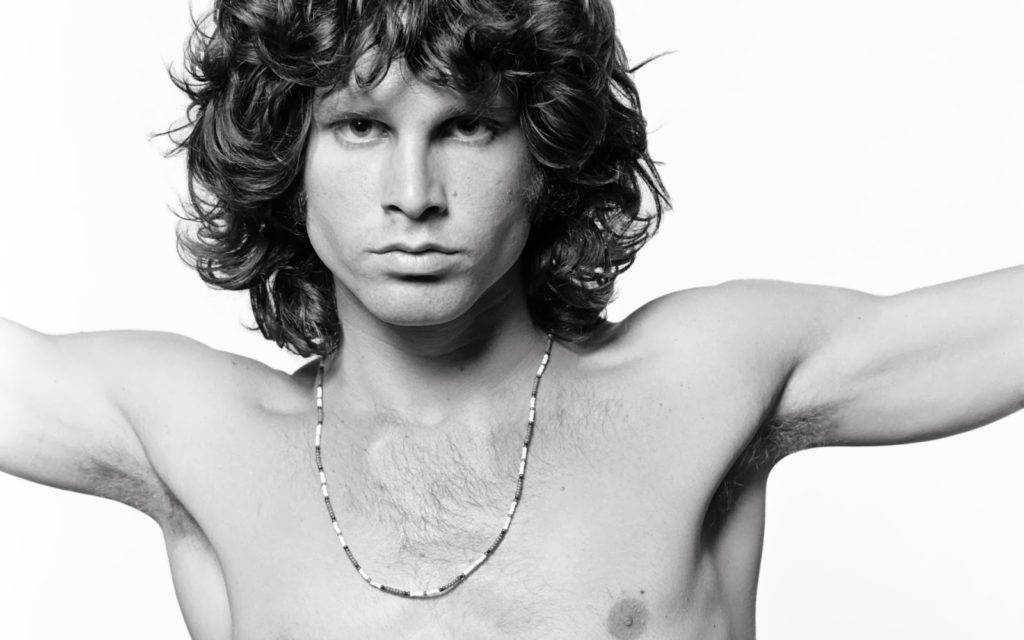
The choice of Alexander the Great was not random, by any stretch. It was not Morrison considering the shape of his face or the contrast between the color of his hair and possible backgrounds. The decision to model himself after Alexander the Great wasn’t a decision based on visual, at all. Instead, it can be traced back to his high school years.
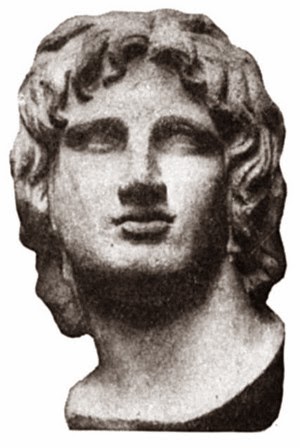
When Jim Morrison was in high school, his father had been named captain of the Bon Homme Richard, a Navy aircraft carrier stationed in Virginia. One day during his high school years, Captain Morrison decided to take his son to see the ship. In interviews with friends, they always claimed that Jim always loved and admired his father, so his visit to the ship was a welcome one. While its not well-known how Captain Morrison felt about his son, it was clear that he never really understood Jim’s artistic spirit, and hoped to show the boy the benefits and excitement of a military career. When the two arrived on board, they were met by two armed Marine guards. They toured the ship for a little bit, and suddenly Jim realized that the ship had pulled out of harbor and was headed out to sea. He knew that only his father could have given the command to launch, and yet he had never noticed it. With an imperceptible nod of his head or a motion of his hand, Captain Morrison had launched thousands of tons of weaponized metal and hundreds and hundreds of men into the sea. He held that much power on the deck of that ship. And as the ship went out to sea, the Marine guards (who stayed with his father at all times) produced a machine gun for Jim. They threw floating targets – shaped like humans – into the water and allowed Jim to shoot at them until they sank to the bottom of the ocean. And then, as imperceptibly as it had begun, the ship made its way back to dock, and Captain Morrison and his son went home.
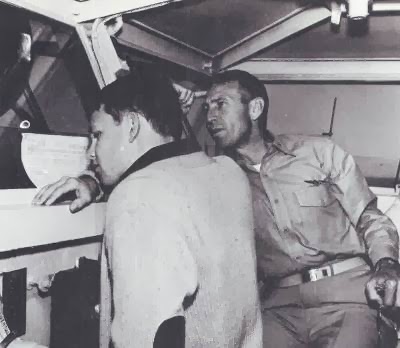
The display of power and command should have impressed Jim. And it did, for that moment. However, once inside the Morrison home, the power structure was different. The Morrison home was run by the strong-willed Mrs. Morrison, who was known to nag and henpeck her husband. Things inside the house were done on her timetable, at her insistence, and to her standards. Captain Morrison may be responsible for thousands of men in the outside world, but inside the Morrison home, he was regularly the dope who forgot to take out the trash. The contrast was stark. For Jim, it was a lesson in power. Captain Morrison had a lot of power, but he had that power because it was bestowed upon him by someone else. He was an agent of someone else’s power, and it could be taken from him at any time (hence, the armed guards protecting him at all time). Captain Morrison’s power was the power that comes from long periods of accountability and agency. It was far from universal. And the contrast was jarring for high school-aged Jim.
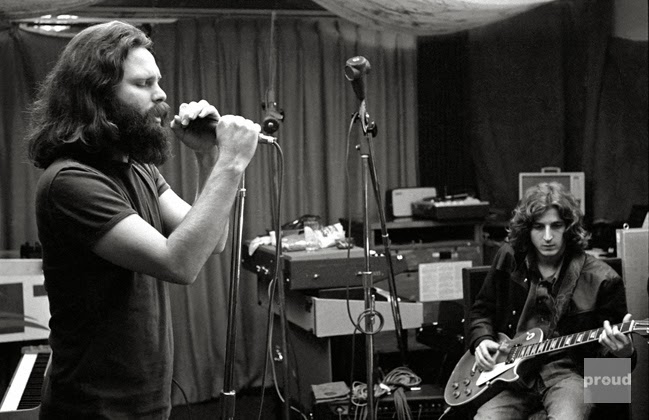
Later that year, a friend would give Jim a copy of Bolitho’s Twelve Against The Gods, a biography of twelve world-changing leaders, including Alexander The Great. Jim would notice numerous similarities between himself and Alexander. Both were sons of military men without an interest in philosophy or art. Both had fathers who allowed them their passions for literature, art, and philosophy without ever understanding. And Alexander ascended to the throne when his father’s armed guard assassinated him. He then embraced that opportunity to command in a different way. What Jim learned from Alexander was that the power of ideas was inherently more powerful than the kind of power that his father had earned. Both Jim and Alexander realized that unique ideas are so rare and so important that even a single unique idea would cause people to flock to it. And that was the goal. Not to be dependable long enough to be granted power, but to have ideas unique enough that the world willingly assembles itself around the idea. And this is not to say that ideas are created in a vacuum. Alexander was a pupil of Aristotle and realized early on that ideas were just a collection of influences, and it was his responsibility to assemble those influences in a unique way. Jim Morrison did the same, assembling notebooks of quotes and thoughts and aphorisms and images that he would later assemble into more unified thoughts.
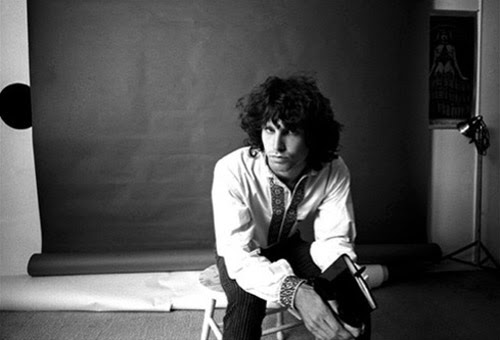
What Jim Morrison said when he asked for a haircut like Alexander’s was a declaration. (It is no coincidence that soon after the haircut, he would declare to the media that his parents were both dead.) His declaration was, “I am no longer a servant to the influences that have worked to shape me. From this moment forward, I am a collection of the influences that I will choose.” We’re all a collection of influences; that is a fate we can’t escape. The lesson of Jim Morrison’s life is that we can choose our influences. For me, life has felt like a collection of influences of other people. Today, it’s starting to feel possible to choose which influences matter. To choose which influences can build the kind of life I want. To take all of the influences and find that unique idea that is simultaneously “me” and “everyone who is a part of me”.

